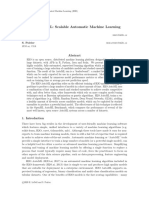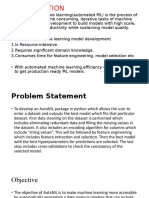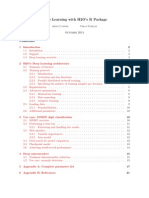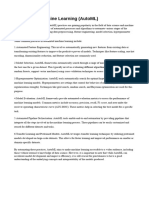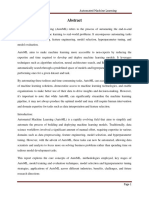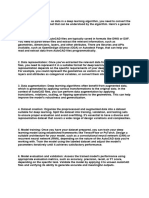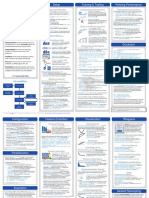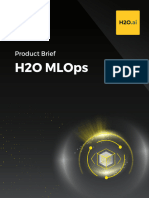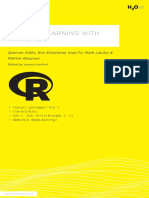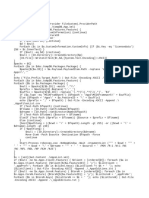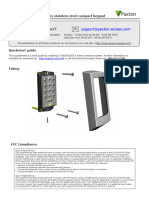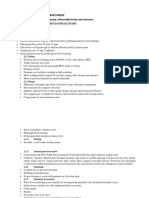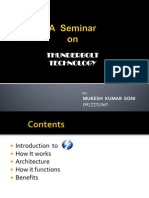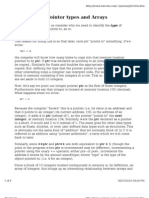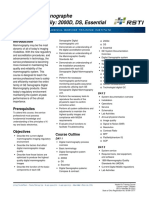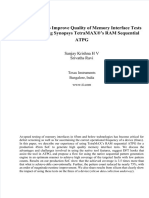0% found this document useful (0 votes)
42 views17 pages? H2O AutoML - Automatic Machine Learning
H2O AutoML is an automated machine learning tool designed to simplify the model building process for both beginners and experts by training, tuning, and ranking multiple models with minimal coding. It supports various algorithms and provides a leaderboard for model performance evaluation, making machine learning accessible to non-experts. The platform is built on H2O.ai, an open-source machine learning framework that is fast, scalable, and supports multiple programming languages.
Uploaded by
vaishnavichamartiCopyright
© © All Rights Reserved
We take content rights seriously. If you suspect this is your content, claim it here.
Available Formats
Download as PDF, TXT or read online on Scribd
0% found this document useful (0 votes)
42 views17 pages? H2O AutoML - Automatic Machine Learning
H2O AutoML is an automated machine learning tool designed to simplify the model building process for both beginners and experts by training, tuning, and ranking multiple models with minimal coding. It supports various algorithms and provides a leaderboard for model performance evaluation, making machine learning accessible to non-experts. The platform is built on H2O.ai, an open-source machine learning framework that is fast, scalable, and supports multiple programming languages.
Uploaded by
vaishnavichamartiCopyright
© © All Rights Reserved
We take content rights seriously. If you suspect this is your content, claim it here.
Available Formats
Download as PDF, TXT or read online on Scribd
/ 17
